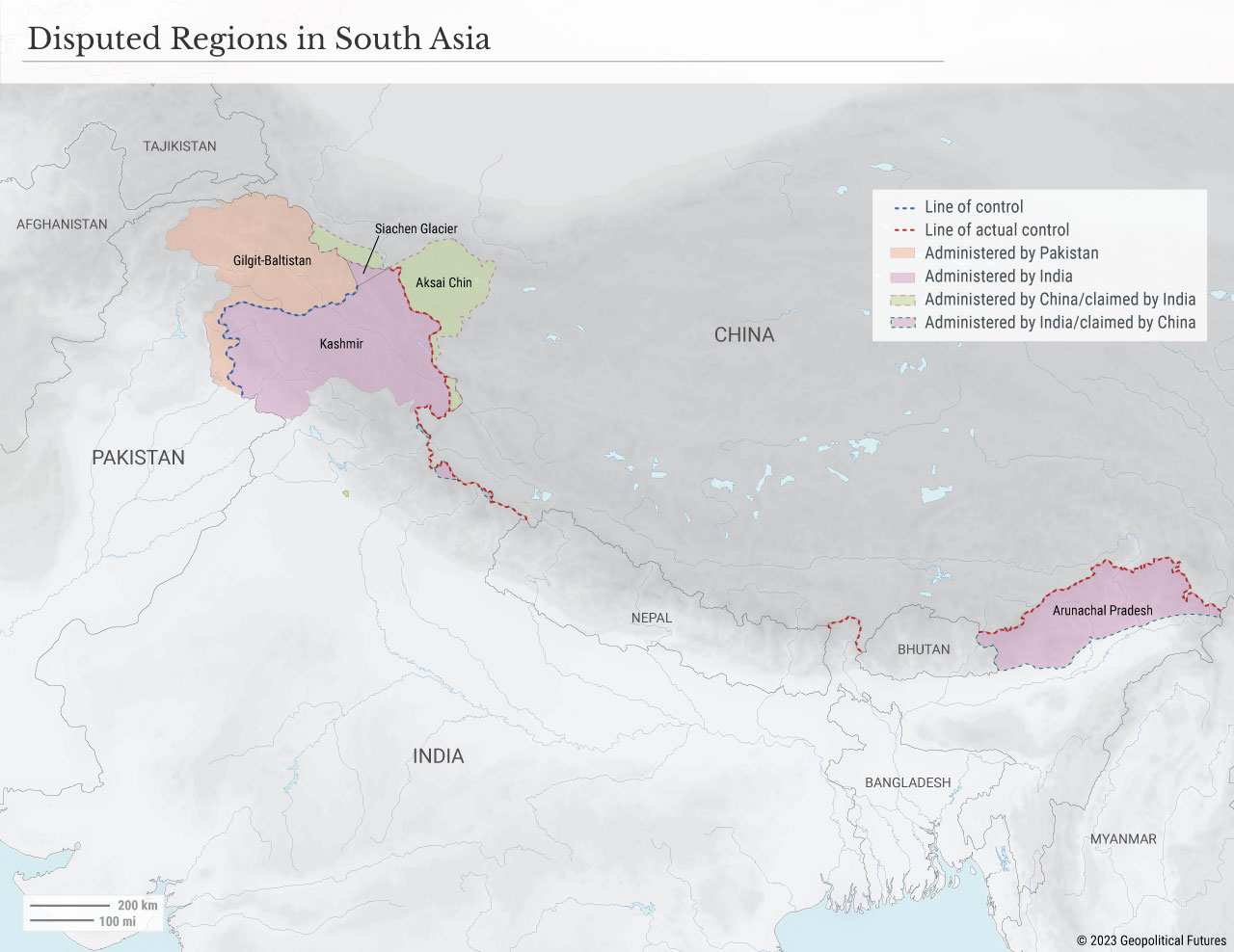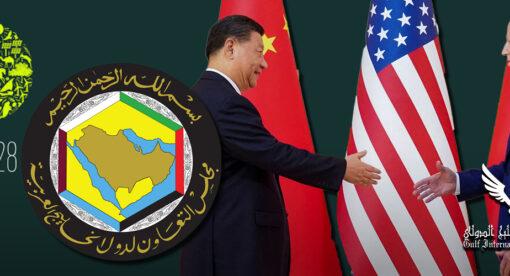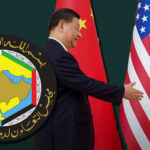China has found a way to stymie U.S. efforts to counter it.
Perhaps the most important dynamic to follow as the U.S.-China competition intensifies is U.S.-India cooperation. Beijing certainly realizes as much and understands further that the linchpin for their cooperation will be the Indian Ocean. China has been unable to project as much power there as it would like, so it is trying to divert India’s attention away from these waters to their shared border in the Himalayas, known as the Line of Actual Control. This explains the growing militarization of this mountainous region.
It also explains why on Feb. 9 Indian External Affairs Minister Subrahmanyam Jaishankar said his country had accelerated connectivity projects with Nepal, Bhutan, Bangladesh and Myanmar. His statements come just weeks before China’s foreign minister arrives in New Delhi for the G-20 foreign ministers meeting. Meanwhile, according to a document circulated by the Indian government, the length of roads constructed in the “China-border areas” over the past eight years (totaling 4,229 miles or 6,800 kilometers) was nearly double the length of roads constructed in the preceding six years (2,243 miles). The same document stated that 16 mountain passes were opened ahead of time and announced the start of a number of bridge and tunnel projects in the northeastern Indian state of Arunachal Pradesh, where a clash between Indian and Chinese troops took place in early December.
The latest clash, in the Tawang sector of Arunachal Pradesh, was the most significant hostile incident between China and India since June 2020. The 2020 incident was triggered by Chinese forces making ingresses into Indian-claimed territory on the opposite end of their Himalayan frontier in the Galwan Valley in the Kashmir region. Three years earlier, Indian and Chinese troops were involved in a standoff in the Doklam Valley in Bhutan that lasted for months. Together, these incidents represent a systematic pattern of China trying to strategically poke India at multiple points along their poorly demarcated, 2,100-mile-long border.
Read the rest in Geopolitical Futures.











